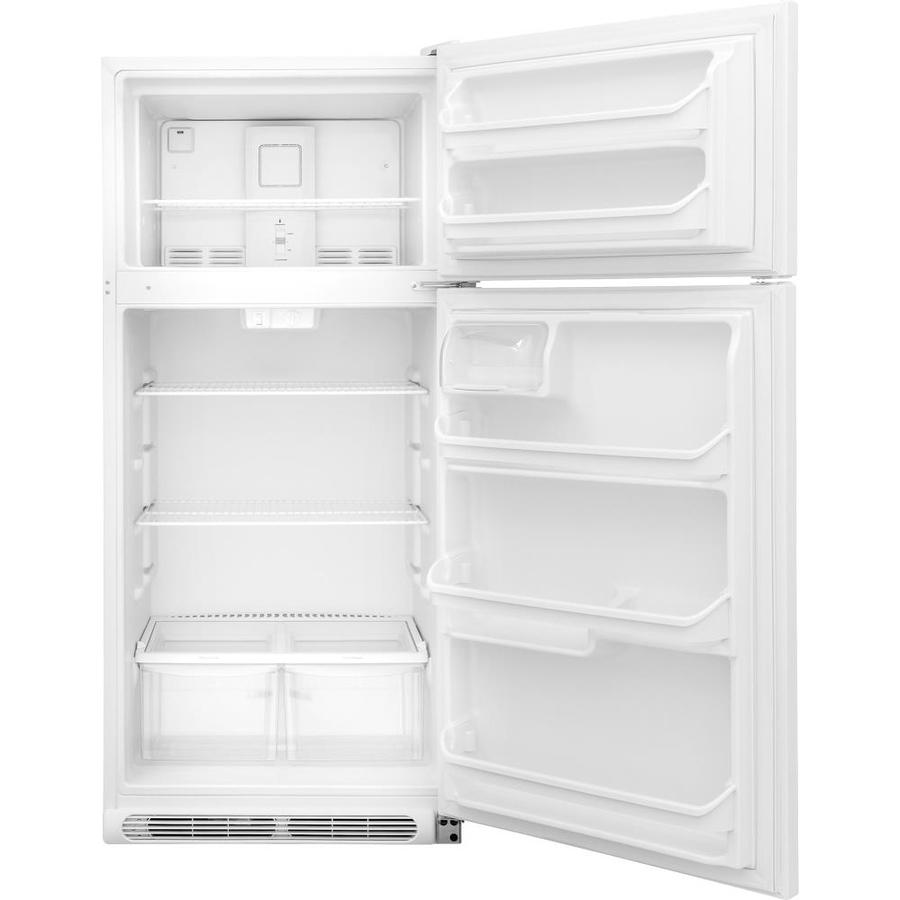
Refrigerators for home-use were invented in 1913. Fridges have since become a staple in most households as a food storage device, with around 10 million units being sold per year in the United States. Refrigerators have a wide breadth of sizes and styles. They can range from industrial units to small fridges for a bedroom. Newer designs have added features such as water and ice dispensers, electronic interfaces on the door, and indicators if something is wrong with it.
The main purpose of this device is to store and preserve food. The cold temperature helps prevent the creation of bacteria and allows food and drinks, particularly perishables, to remain fresh for longer. Fridges allow people to buy groceries in bulk. This saves time, because users can make fewer trips to the store. It also saves money, because users don’t have to replace spoiled goods as often, and can buy items on sale, even if they don’t plan to eat them right away. Furthermore, it serves as space to organize one’s goods.
The focus of this user analysis is on the refrigerator, and not the freezer. The particular model analyzed in this study has few added features and is a standard, domestic Frigidaire unit intended for kitchens.